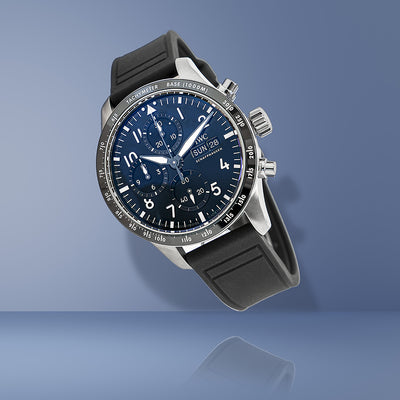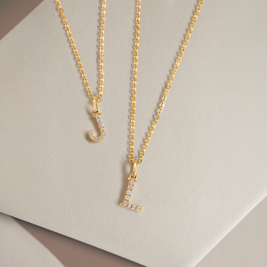The 4 C's of Diamonds
Lunn's Diamond Buying Guide
In 2004, we created Portfolio of Fine Diamonds.
The purpose? To offer our customers the very best diamonds, certified by independent laboratories in luxurious surroundings with exceptional service and at a price that we believe will be pleasantly surprising.
At Lunn's the Jewellers, we go to great lengths to ensure that you get the very best diamond
and the very best advice. Our team includes qualified gemmologists who travel across Europe, America and Asia to ensure that our offering is one of the very best in the United Kingdom. Only the finest stones will do and we never compromise on quality. We strongly believe in ethically sourcing our diamonds, which means that our Portfolio of Fine Diamonds team are heavily involved in the acquisition process from start to finish.
Our specialists understand that buying a diamond can be a leap into the unknown. That is why we go to great lengths to ensure the transparency, accessibility and credibility of our information. Our priority is for your experience to be as enjoyable and memorable as possible.
Each diamond is incredibly unique. When it comes to choosing your perfect stone, some say you know it as soon as you lay eyes on it, for others - the bigger, the better! Perhaps you've tried it on and simply do not want to take it off. Whichever your tale-tell sign, you will know when it’s right!
Just before you get to choosing and trying on though, we have a little guide on what you should
consider…

It is the cut that allows a diamond to make the best use of light. When a diamond is cut to the right proportions, light is refracted internally from one facet to another before being dispersed through the top of the stone.
If the cut is too deep, some light will escape through the opposite side of the pavilion; too shallow and light will escape through the pavilion before it can be refracted. A master cutter ensures full light dispersion, maximising the inherent beauty of the stone.
Each diamond is created deep under the earth. In these conditions, heat and pressure will form tiny natural marks, which vary in size.
The International Diamond Grading System measures clarity to show how clear a diamond is. Diamonds classified as Flawless are exceptionally rare. While it is true that the clearer a diamond, the better it is, minor inclusions will not compromise a stone’s beauty or endanger its durability.


The best colour for a diamond is no colour at all. These are known as ‘white diamonds’. Other rare diamonds with a pure colour, such as pinks, blues or greens, are exceptionally valuable and are known as ‘Fancies’.
Colour grading scales from colourless to light yellow. The differences from one grade to another are very subtle, evidenced by the number of grades within each category shown on the International Colour Grading Systems Chart.
The size of a diamond is measured in carat-weight. One carat is divided into 100 ‘points’, so that a diamond of 75 points, weighs 0.75 of a carat.
While carat weight is the most obvious factor when assessing the value of a diamond, two diamonds of equal size can have very different values, depending on their respective cut, clarity or colour.
Bigger is not necessarily better - diamonds of high quality can be found in all size ranges. However, one diamond of one carat is normally worth more than two diamonds of 0.50ct. each.

Latest Arrivals
View allPortfolio of Fine Diamonds
Where the brilliance of diamonds meets the enchanting hues of precious gemstones
Valuations
Find out more about our valuation service and why having your items valued is so important
Why it must be Lunn's
Discover why we are so passionate about our Portfolio of Fine Diamonds collection.

















